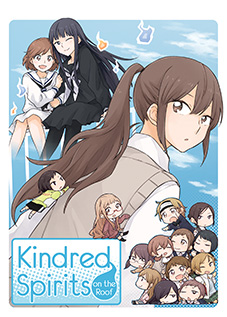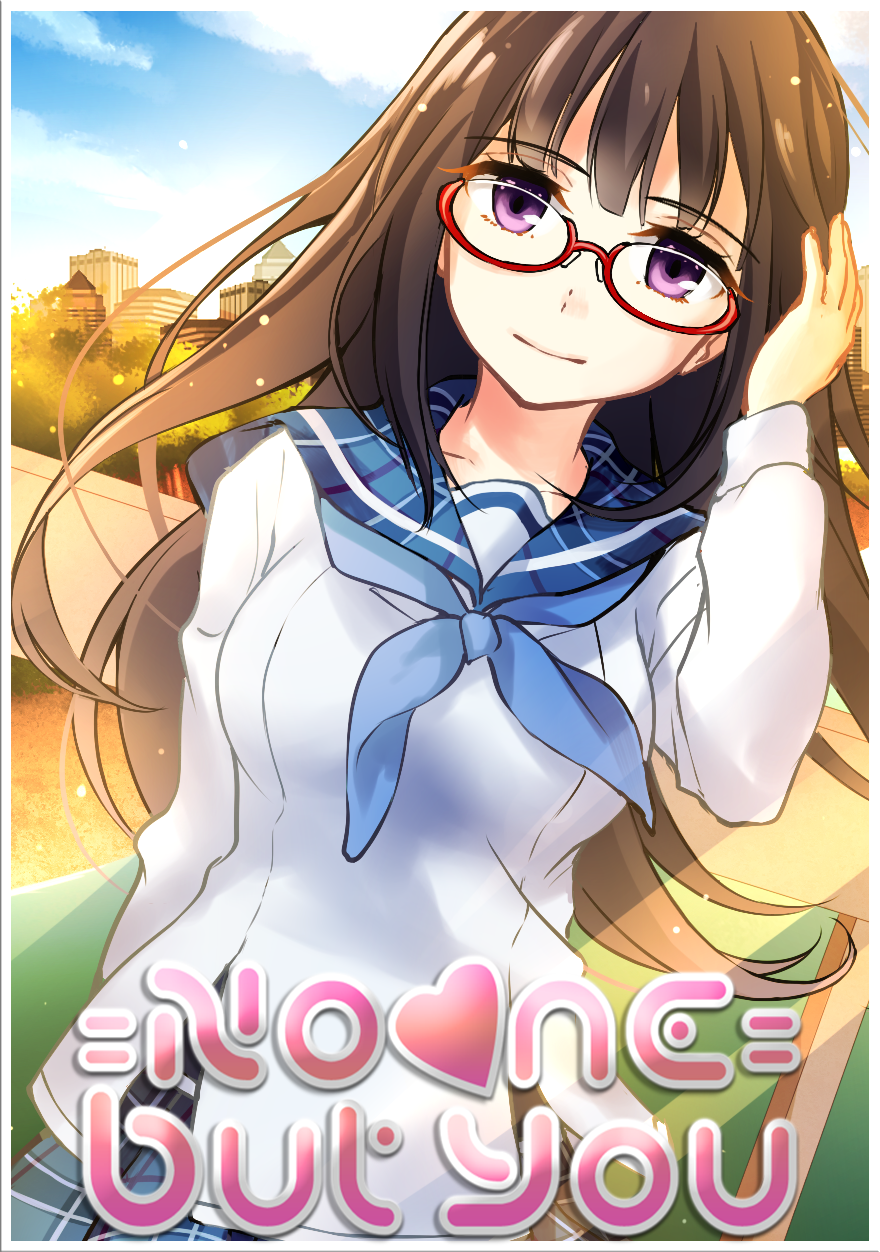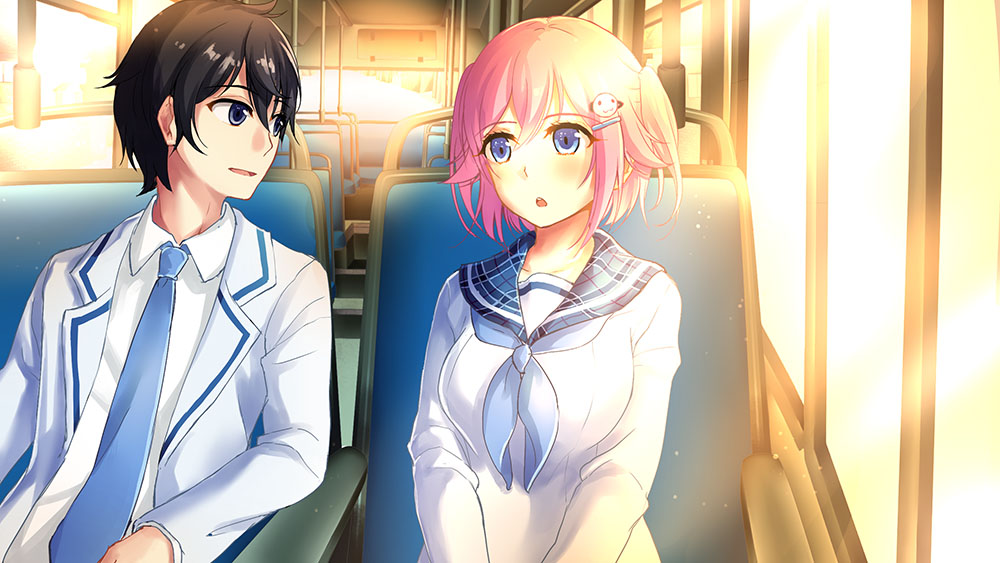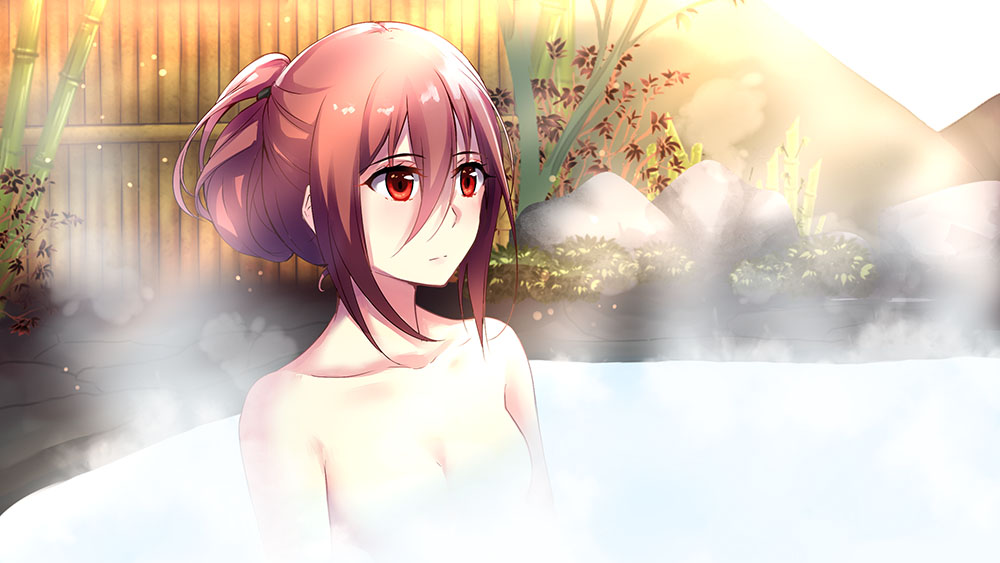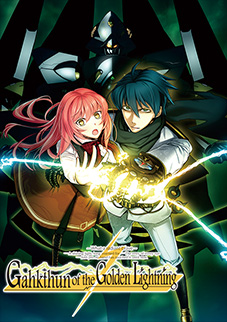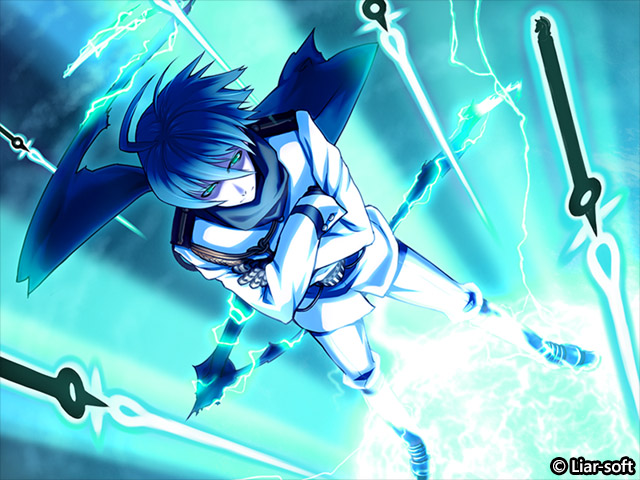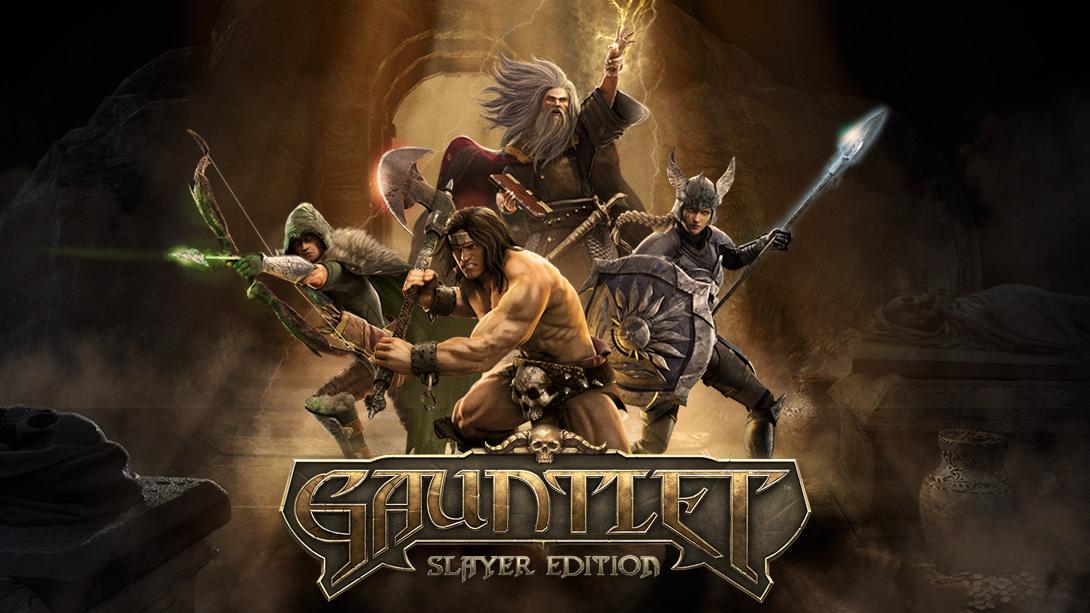
Dead End Junction is an interesting take on the Wild West. Developed by sole member of 773, Hizuma (with help from others) and published by Culture Select for the Western market, Dead End Junction turns out to be a good visual novel. It centres around Josette, a free spirit looking for adventure. She finds it after discovering her father’s past. There is a good story, great characters, a decent soundtrack and an unique art style, but there are some flaws which are hard to ignore.
The visual novel centres around Josette, an orphan living with her uncle in the town of Cow Stone Bell. As with most young protagonists, she is tired with her lifestyle in the small town. Instead, she has a desire for adventure and wants out of the town. That opportunity comes one day during a freak storm. A man in a hooded cloak appears in front a Josette. After telling her uncle, it’s revealed Josette’s father and uncle had From there on, it becomes a story of self discovery, the meaning of friendships and tackling social issues that were prevalent during the Wild West period.
The story is quite slow to start. There was too much exposition delivered in one hit, but the world is thought out quite well. The pacing felt off as well, as it took its time to get to the meat of the story. However, as the story progressed, it did become quite interesting. As Josette discovers the world outside of Cow Stone Bell, the visual novel explores several social issues that were present during the Wild West period, such as relations between settlers and Native Americans. They were presented in a mature and objective light and can easily apply to modern society, allowing the reader/player make up their own mind. With that said, the ending didn’t provide any closure at all and the story got quite repetitive.

As for the characters, they are all well developed and interesting. The reader/player will enjoy Josette. She is the typical free spirit that wants to to go on adventures rather than staying in a small town herding cows. She is also quite brave, but also reckless as she rarely thinks about the situation. She’s quite headstrong as well. Her polar opposite is Flanel Hopefield, daughter of the owner of the biggest ranch in Cow Stone Bell. She is usually shy and reserved, but also more lady like due to her upbringing. The friendship between Josette and Flanel is actually quite special. They are very close to each other, to the point where Flanel doesn’t want Josette to leave. These two characters are the standout in Dead End Junction, but the overall cast is quite good.
The art style is unique but not magnificent. However, it does the job. The characters rarely have exaggerated traits, but that makes it more interesting. The art style lends itself to look like a comic book, right down to the panel look and different dialogue boxes. Ther backgrounds look decent enough. The soundtrack fits with the overall theme of the visual novel and that’s all it needs to do. It’s a decent soundtrack. There are also homages to famous country western songs like “Home On The Range,” which was a nice touch. However, there is no voice acting, which makes it stand out from other visual novels on the market.
Dead End Junction seems like a hit and miss visual novel. Overall, it’s a good visual novel, but it’s plagued with several narrative issues that could’ve taken the novel to further heights. The story is good overall, but it starts off too slow with too much exposition to cover the world. The ending needed closure rather than what was offered. Josette and Flanel are standouts in a cast of good characters, while the art style and soundtrack fits the theme of the novel. Considering the price of the visual novel, it’s worth picking it up for the good story.
Rating: 6/10
—
Dead End Junction was provided by publisher Culture Select for the purpose of this review. It is available on Steam for US$8.99.









